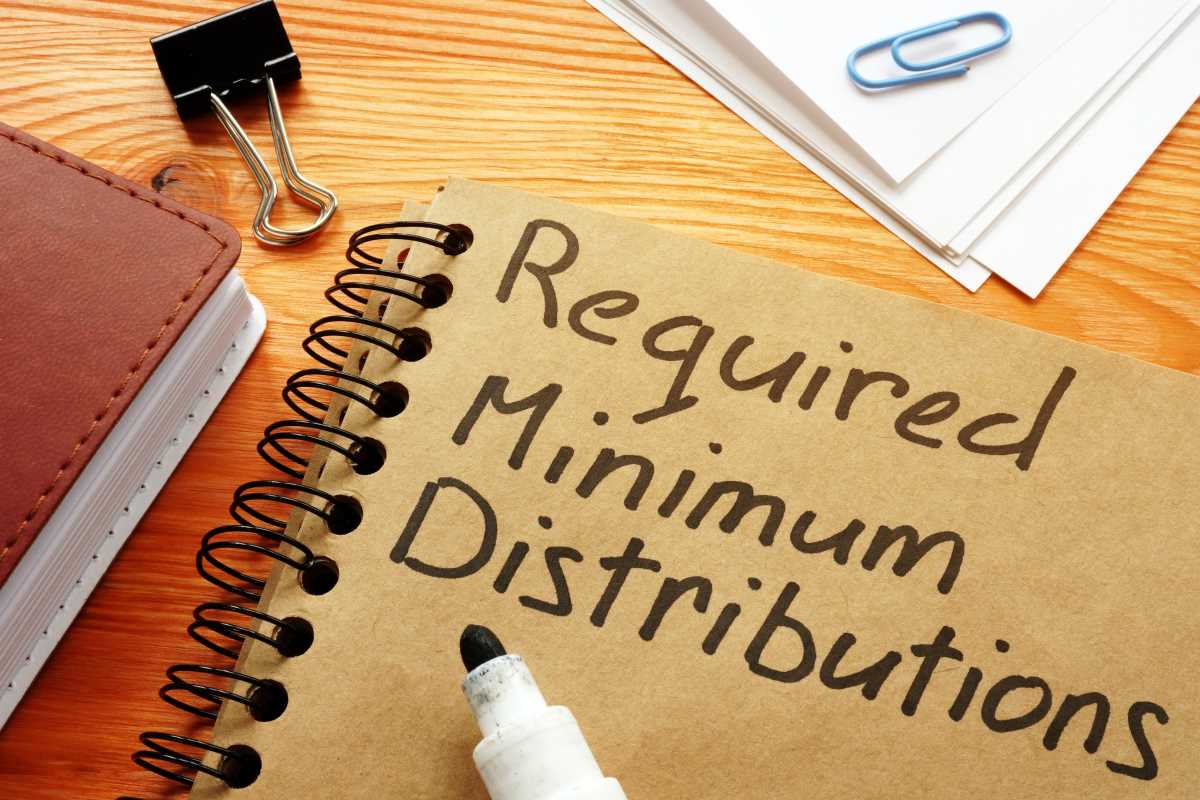Imagine for a moment that you have spent your entire adult life climbing a massive mountain. You have packed your gear, trained hard, and slowly but surely made your way up the steep slopes. Reaching the summit feels incredible because you can finally look out at the view and see everything you have accomplished. In the world of money, this climb is your working career, and the summit is the day you retire with a nice nest egg. But here is the thing most people forget: climbing up is only half the journey. You still have to get back down the mountain safely. In financial terms, this descent is the "distribution phase," or the time when you start withdrawing money from your savings to live on. It can be surprisingly scary because you are no longer adding money to the pile; you are taking it out. Without a map, the descent can be treacherous, filled with the fear of running out of supplies before you reach the bottom. However, having a smart, well-thought-out withdrawal strategy changes everything. It acts as your guide, reducing anxiety and ensuring that your hard-earned savings last as long as you do, allowing you to enjoy the view without constantly checking your supplies.
Why Having a Strategy is Your Safety Net
The transition from saving money to spending it requires a complete shift in mindset that can be difficult to master. When you are working, a drop in the stock market is actually a good thing because it allows you to buy more shares at a discount. But when you are retired and selling shares to pay for groceries, a market drop can be a disaster. This is known as "sequence of returns risk," which is just a fancy way of saying that bad luck in the market early in your retirement can hurt your portfolio much more than bad luck later on. If you withdraw a big chunk of money when your investments are down, you lock in those losses, and that money never gets a chance to recover when the market eventually bounces back. A solid withdrawal strategy is your safety net against this risk. It tells you exactly how much you can safely spend each year so that you don't deplete your savings too quickly. It takes the guesswork and the emotion out of the process. Instead of waking up every morning and worrying about the stock ticker, you can rely on your plan to tell you if you are on track. This peace of mind is invaluable because retirement should be about relaxation and enjoyment, not stressing over every penny.
The Famous 4% Rule Explained
One of the most popular starting points for retirement planning is something called the 4% Rule. It was developed by financial researchers who looked at decades of market history to answer a simple question: "How much can I withdraw every year without running out of money for at least 30 years?" The answer they came up with was 4% of your initial portfolio balance. Here is how it works in practice. If you retire with one million dollars saved up, you would withdraw $40,000 in your first year of retirement. In the second year, you wouldn't just take another $40,000; you would give yourself a raise to keep up with the cost of living. If inflation was 3% that year, you would increase your withdrawal to $41,200. You continue this pattern every single year, adjusting your withdrawal amount based on inflation, regardless of what the stock market does. The beauty of the 4% Rule is its simplicity. It gives you a clear, concrete number to aim for and helps you figure out if you have saved enough to maintain your current lifestyle. While it is not a perfect guarantee, historically, this rule has worked in the vast majority of market scenarios, acting as a reliable compass for retirees navigating uncertain economic waters.
The Bucket Strategy for Visual Peace of Mind
For many people, the math of the 4% Rule is logical, but it doesn't help them sleep at night when the news is shouting about a market crash. That is where the "Bucket Strategy" comes in. This approach is all about psychology and organizing your money based on when you need to spend it. Imagine you have three buckets. Bucket number one is your "Now" bucket. It holds one to two years worth of living expenses in safe, boring cash. This money won't grow much, but it won't disappear if the stock market takes a dive. Bucket number two is your "Soon" bucket. It holds money you will need in three to seven years, invested in more stable things like bonds or conservative funds that earn a little interest but aren't too risky. Bucket number three is your "Later" bucket. This is for money you won't touch for seven years or more, and it stays invested in the stock market for maximum growth. The magic happens when you need cash. You spend from Bucket one. When Bucket one gets low, you refill it from Bucket two. When Bucket two gets low, you refill it from the growth in Bucket three. If the stock market crashes, you simply stop refilling from Bucket three and just live off the first two buckets until the market recovers. This prevents you from having to sell your stocks at a bad time and gives you the confidence that your short-term needs are covered no matter what.
Adjusting the Flow When Markets Get Bumpy
While rigid rules are helpful, the real world often requires a bit of flexibility. A dynamic withdrawal strategy is like having shock absorbers on your car; it smooths out the ride when you hit a pothole. Instead of blindly taking an inflation raise every year like the 4% Rule suggests, you can adjust your spending based on how your investments are performing. One popular method involves setting "guardrails." If your portfolio performs incredibly well and grows significantly, you might give yourself a bonus raise to enjoy the extra wealth. However, if the market has a bad year and your portfolio value drops below a certain point, you might decide to skip your inflation adjustment for that year or even slightly reduce your spending. This willingness to tighten your belt slightly during tough times can have a massive positive impact on the longevity of your savings. It essentially preserves your capital so it can survive the downturn and grow again when the good times return. This approach requires a bit more attention than a "set it and forget it" plan, but it is incredibly effective at preventing you from running out of money during a prolonged economic slump.
The Uncle Sam Factor: Required Minimum Distributions
There is one withdrawal rule that isn't optional, and it comes directly from the government. It is called the Required Minimum Distribution, or RMD for short. The government allowed you to delay paying taxes on your 401k and IRA contributions while you were working, but they won't wait forever to collect their share. Once you reach a certain age, which is currently 73, the IRS requires you to start withdrawing a specific minimum amount from your pre-tax retirement accounts every year. They have a formula based on your age and account balance that dictates how much you must take out. If you fail to take this withdrawal, you get hit with a hefty penalty tax on the amount you were supposed to withdraw. This forces money out of your tax-sheltered accounts and into your taxable income. For some retirees, the RMD might be more money than they actually need to live on. In that case, you have to be strategic. You must take the money out to satisfy the tax man, but you don't have to spend it. You can reinvest it in a regular brokerage account, put it into a savings account, or even donate it to charity to potentially lower your tax bill. Understanding RMDs is crucial because they will dictate a portion of your withdrawal strategy whether you like it or not.
Creating a Plan That Bends Without Breaking
The secret to a low-stress retirement is building a plan that is as flexible as your life is. Your financial needs at age 65 will look very different than your needs at age 85. In the early years of retirement, often called the "go-go" years, you might spend more on travel, hobbies, and dining out. Later, in the "slow-go" years, your discretionary spending might drop, but your healthcare costs might rise. A rigid plan that assumes you spend the exact same inflation-adjusted amount every single year doesn't reflect reality. You should review your withdrawal rate annually, ideally with a financial planner, to see if you need to make course corrections. Maybe you had a year with unexpectedly high medical bills, or perhaps you decided to help a grandchild with college tuition. A good strategy isn't a prison; it's a framework that allows you to adapt. By keeping your fixed expenses low—like paying off your mortgage before you retire—you give yourself more room to cut back on spending if the market performs poorly. Having multiple sources of income, such as mixing Social Security with investment withdrawals and maybe a small part-time job, also adds layers of safety. The goal is to build a financial life that can handle surprises so that you can focus on what really matters, which is enjoying your time, your family, and your freedom.
 (Image via
(Image via





